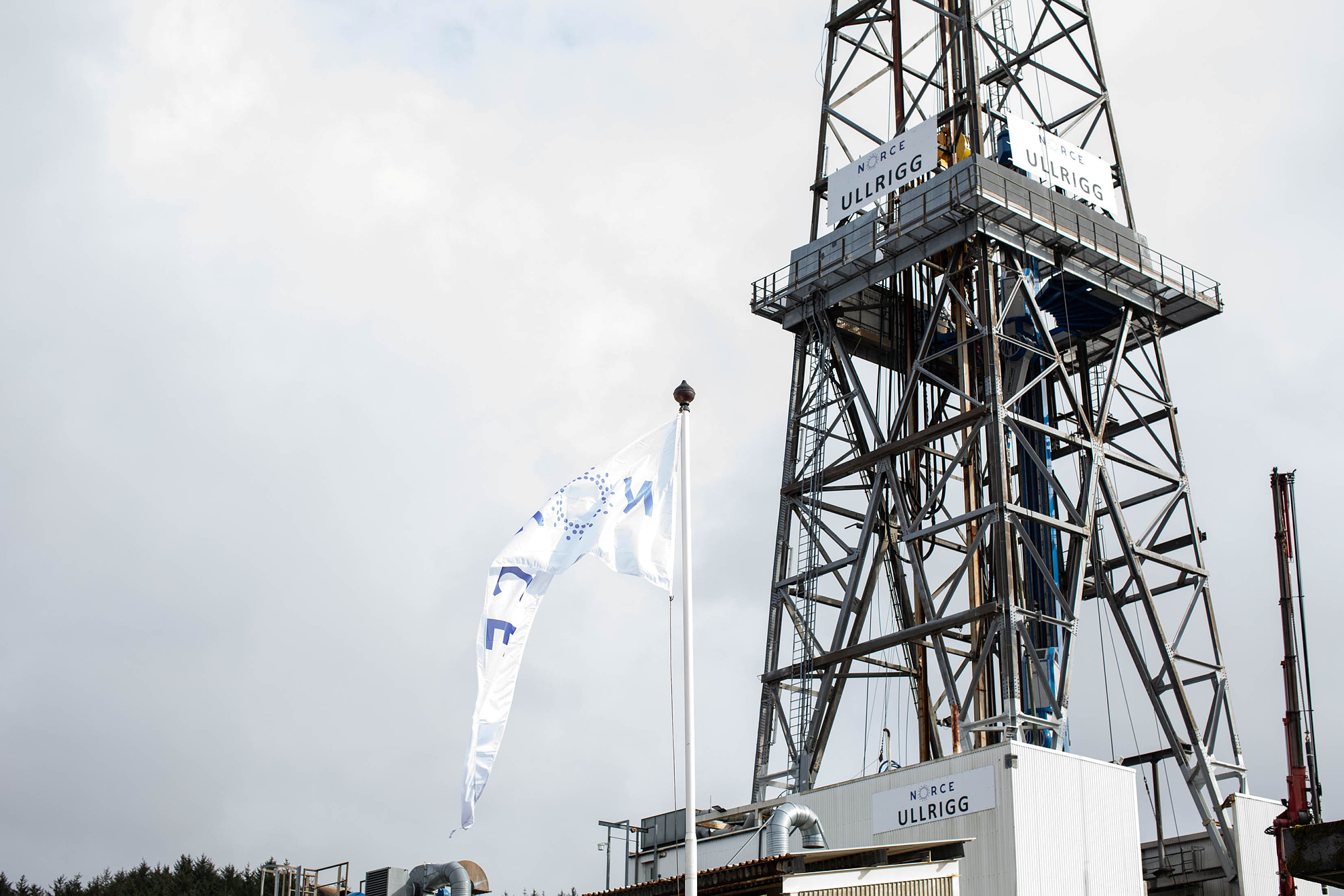Many offshore employees will retire in the coming years. There will be a gradual increase, from approximately 550 persons in 2024 to about 650 persons in 2028. There is a particular need to recruit personnel with vocational qualifications in the future.
This emerges in a new NORCE report where the researchers have examined the development among offshore employees from 2018 to 2023.
Most of the turnover will be age-related, but some may also be personnel who leave offshore to work on land. The recruitment need offshore will, however, be the same.
– Young people are afraid to enter this industry, but we need them for a long time to come, says Atle Blomgren, senior researcher at NORCE and one of the authors of the report.
The industry has had to deal with an ageing workforce for a long time.
– What may be challenging for the industry today is how the industry is perceived, and to what extent employees have confidence in or knowledge of the more long-term activity level, says Øystein Fjelldal, senior researcher at NORCE and one of the authors of the report.
The researchers have only looked at offshore activity related to the exploration and extraction of oil and gas. Activity related to new ocean industries such as offshore wind, carbon storage, and offshore aquaculture will also be added. The staffing needs in new ocean industries depend on development plans going forward.
More vocational qualifications needed
74 percent of offshore employees have a vocational qualification or technical college degree. This proportion is highest among the youngest. The researchers expect that personnel with at least a vocational qualification will primarily be recruited in the future.
– Many of those who do not have a vocational qualification were employed at an early stage, perhaps because there were other competence requirements at that time. There are few young people with lower education than a vocational qualification, says Fjelldal.
Over the next three years, around 350 people with a vocational qualification or higher vocational education need to be replaced each year. The top five individual professions with the largest expected retirement are: chemical processing, electrician, cleaning operator, industrial mechanic, and automation. It is not certain that these will be replaced by personnel with the same qualifications. The researchers do not have sufficient data to calculate which specific vocational qualifications that will replace them.
Offshore counties
68 percent of offshore employees live along the coast from Agder to Møre og Romsdal. There are two counties that clearly stand out as the largest offshore counties, namely Vestland with 6730 full-time equivalents in 2022 and Rogaland with 6189 full-time equivalents in 2022. Møre og Romsdal follows with 2065 full-time equivalents, Agder with 1966, and Vestfold and Telemark with 1810 full-time equivalents. There is growth in the number of offshore workers in all counties except Viken.
Approximately 25 percent of the offshore workers live in the five municipalities Bergen, Stavanger, Karmøy, Sandnes, and Øygarden.
Some additional findings:
• The number of people working offshore has increased by about 10 percent from 2018 to 2022.
• About 30 percent of all current offshore workers are employed in an operator company.
• The proportion of women has been stable at around 10 percent for the last 7-8 years.
• About 13 percent of offshore workers were born abroad, with most coming from Sweden, the UK, Denmark, and Poland.
• 68 percent of offshore employees live along the coast from Agder to Møre og Romsdal, with the majority in Vestland and Rogaland, which together make up 52 percent of the workforce.
• 74 percent of offshore employees have a vocational qualification or technical college, while 14 percent have a university or college education.
• The average age of offshore employees is 44.4 years in 2022. This is only marginally lower than in 2018.
The client has been Offshore Norway.

